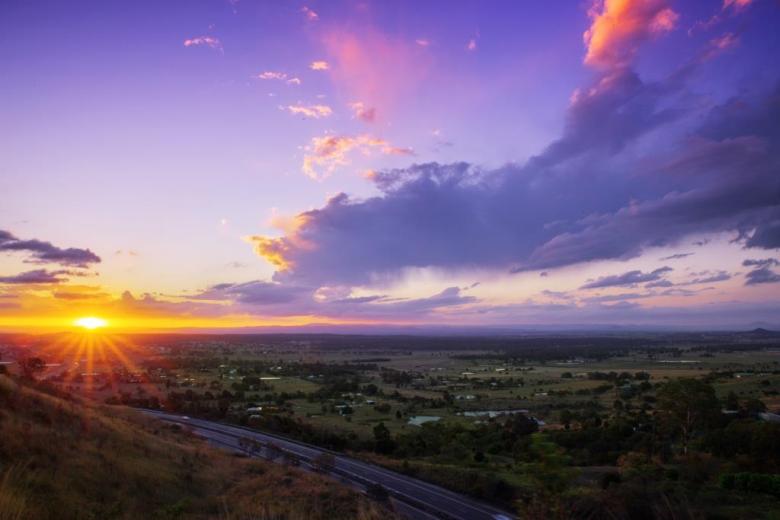
Faced with a dwindling water supply, Queensland’s agricultural powerhouse, the Lockyer Valley, is bouncing back through a unique council-led partnership.
With the region responsible for 19 per cent of Queensland’s annual agricultural production, securing Lockyer Valley’s water supply after a devastating drought was an urgent priority for Lockyer Valley Regional Council.
That’s why the western Queensland council has joined with Somerset Regional Council and a number of local stakeholder organisations to tackle rising costs and decreasing water supplies in an unprecedented, multi-million dollar collaboration.
Lockyer Valley Mayor Tanya Milligan said the approach is a first for the region.
“We’re talking about water for farmers but also water for livelihoods, for business, for tourism. It’s right across the board as far as benefits for the environment, the economy as well as social benefits,” she told Government News.
Among the outcomes of the collaboration between Lockyer and Somerset councils is a proposal for a new pipeline to direct waste water from Wivenhoe Dam and provide hundreds of drought-ridden irrigators in the Lockyer Valley with irrigation water.
The partnership has also seen the Lockyer council appoint a chair to lead a new study on the potential of bulk irrigation, a potential regional solution to water security that could be shared across councils.
Lockyer and Somerset are among 25 regional councils across Queensland that are investigating water security strategies through partnerships that are being led by the Queensland Water Regional Alliance Program (QWRAP).
‘Taking the initiative’ in water security
Arron Hieatt, Local Government Association of Queensland’s principal advisor for water and sewerage infrastructure, said that the partnerships were a significant example of councils taking the initiative to pioneer new approaches to water security.
“The idea is to provide an incentive for councils to work together on water and sewerage issues. We get funding from the Queensland Government, which provides councils with a subsidy for collaborative projects looking at water and sewerage issues regionally,” he said.
Mr Hieatt said councils are in the best position to help coordinate a response to water issues.
“Through collaboration, councils can bypass the red tape often associated with state-run water planning and oversee projects that improve water security, whilst increasing economic returns for the state and generating local jobs.
“A lot of councils are reaching that point where the resources are starting to limit what they can do. It takes a regional collaboration to make sure the water is managed as well as it can be.”
Economies of scale
Water security has an immense socio-economic impact on regional councils, with irrigation directly impacting the level of agricultural production, which is often a primary driver of economic success in areas like the Lockyer Valley.
According to Mr Hieatt, collaboration allows councils to share the economic returns of regional water security projects, whilst also reducing state government expenditure. “The regional approach has been interesting because it’s saving money. By working together councils are able to get economies of scale, especially the smaller councils.”
Collaborations between councils also have the added benefit of creating jobs in regional areas, and ensuring there’s a more even spread of employment opportunities between collaborating local governments.
“We’re seeing employment in some of our smaller councils that wouldn’t have happened without this type of encouragement and incentive.”
Implementation challenges
Nonetheless, there are a number of challenges to implementing council collaborations on water, including a shortage of funding.
While there is a regional coordinator within each QWRAP group, Mr Hieatt said more funding is needed to better reflect the demands of this fundamental role.
“We have very little funding at the moment. We want these collaborations to continue and we want the state to be a partner in that funding.”
Part of the rationale is that the State Government receives greater returns from investing in the partnerships, said Mr Hieatt.
“We’ve already saved state government as much as they’ve invested into this program. Not only that, when they invest into it, councils match the funding with their own money.”
As water security becomes more of a concern across states, it’s anticipated more partnerships will continue to form to address the challenges facing regional councils.
